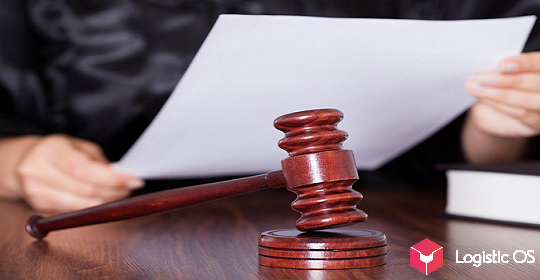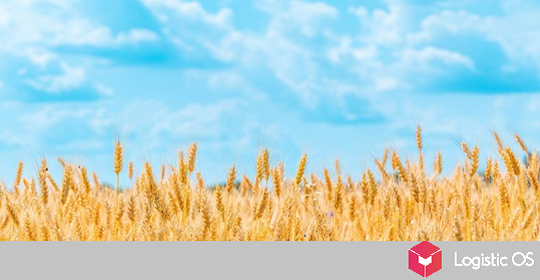According to the latest data, the land bank of the largest companies has increased by approximately 500 thousand hectares over the past year.
BEFL has once again compiled a list of companies that own the largest area of land in Russia.
There are 75 names in this list. It is emphasized that their total land bank is 19 million hectares, which is 0.5 million more than it was a year ago.
In addition, if a year ago the first 10 companies from the list accounted for 5 million hectares, which was 26% of the total land fund, then this year it is already 7.7 million hectares and 41%, respectively.
Thus, we see that the share of land in the management of the 10 largest Russian companies has increased by 1.5 times in just one year.
From all this, we can clearly conclude that the consolidation of agribusiness in Russia continues.
«The trend towards consolidation of land assets by major market players continues, but its pace and size are still insignificant on a national scale.
The past 2024 was a record year in terms of the value of mergers and acquisitions in the agricultural business,» BEFL reports.
One of the reasons for this is that due to the increase in production costs and the simultaneous decrease in prices for many types of agricultural products, the marginality of many farms has significantly decreased.
Therefore, owners of small enterprises often came to the idea of selling them. This caused a significant increase in offers to purchase agribusinesses and land, which were readily responded to by large firms with large capital.
As a result, the increase in the number of mergers and acquisitions has become one of the most noticeable trends in the agricultural market in 2024 and early 2025, experts note.
At the same time, there could have been even more such transactions if not for the discrepancies between sellers and buyers in the valuation of assets.
Experts note that sellers are more often guided by “yesterday’s figures”: how much they themselves bought the asset for several years ago or how much money they invested in its creation and development.
Buyers are much more interested in future profitability.
This difference also largely highlights the difficult situation in agriculture: due to changes in many fundamental conditions on the market, today’s profitability has fallen significantly, so many companies have to sell their businesses for next to nothing.
There is no reason to assume that the trend will change in the near future, experts warn.
The decrease in profitability practically “sweeps out” small and weak players from the market, which significantly increases the risk of its monopolization.

